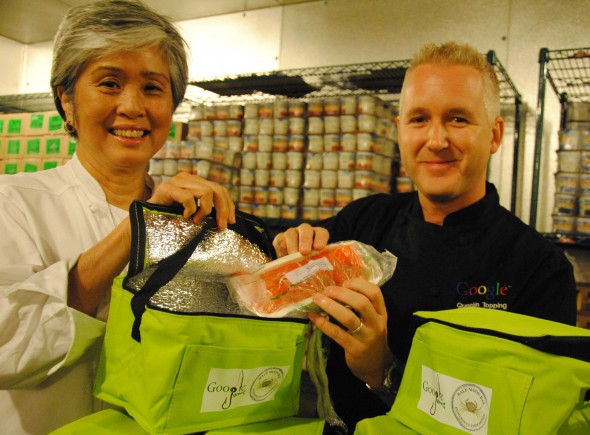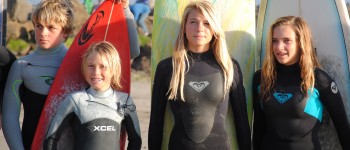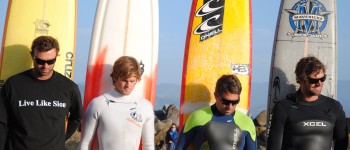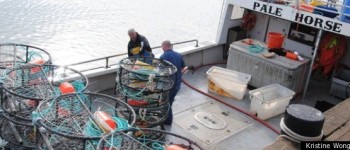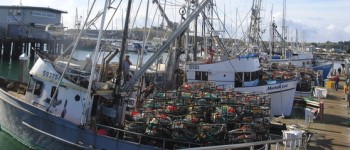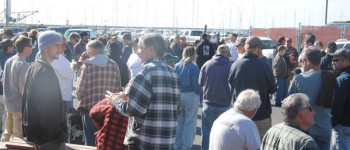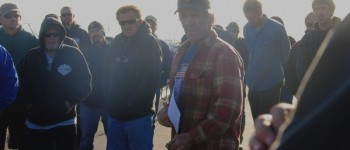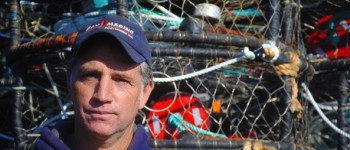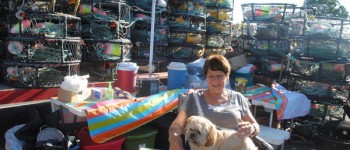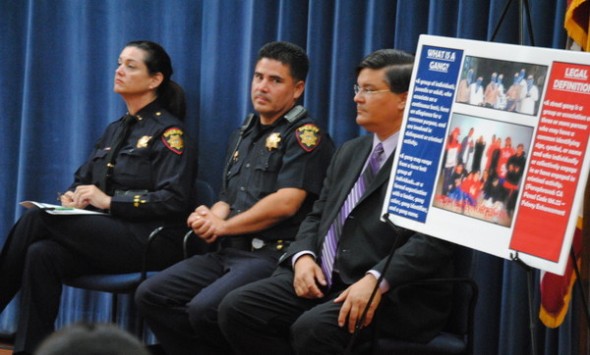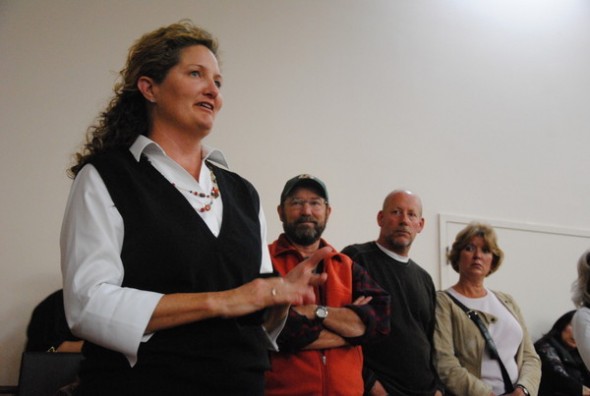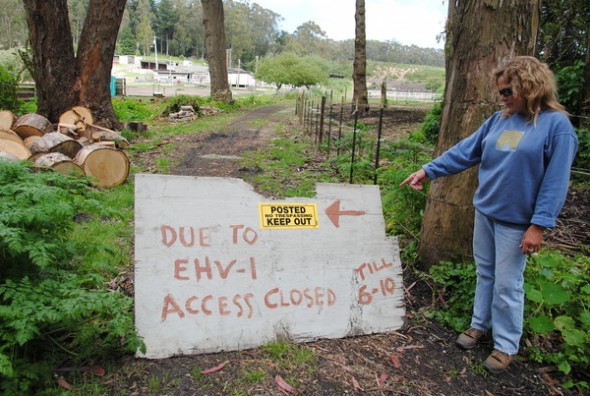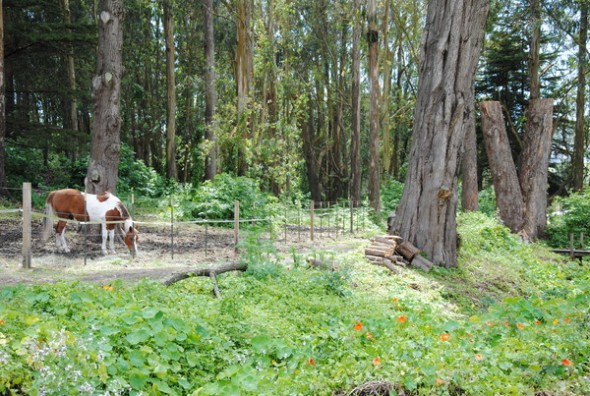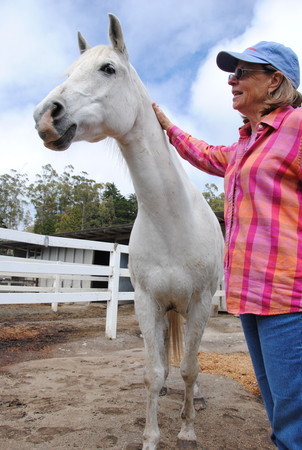GreenBiz | July 19, 2012 | Original headline: How city-level innovation is creating business opportunities
 If you want to visit the future, go to Philadelphia.
If you want to visit the future, go to Philadelphia.
The city of brotherly love has published more than 100 datasets since April, when Mayor Michael Nutter issued an executive order requiring city branches to release their once-buried information through an online portal accessible to anyone. The site includes data from nonprofits, universities and businesses, as well as municipal data from maps of enterprise zones to a searchable database of childcare providers.
“Helping government become an enabler and a platform for innovation” is what his job is all about, Adel Ebeid, Philadelphia’s first Chief Innovation Officer, told attendees at the GreenBiz Cities 2.0 webcast on Wednesday.
The intersection between local governments, big data and innovation was the key theme of “Leveraging City Investments in Technologies,” part one in the three-part series of presentations.
As urbanization accelerates, cities are poised to play a crucial role in fostering innovation, even as their swelling populations and sometimes-creaky infrastructure create a massive business opportunity for the corporate sector, webcast speakers said.
The world will undergo a huge demographic shift over the next four decades, said Eric Woods, a director of Pike Research, a global market research and consulting firm focused on cleantech. Currently, a little more than half the global population lives in urban areas. By 2050, the share of the world’s population that’s urbanized will rise to 70 percent, with the fastest urban growth taking place in Asia, he said.
“We’re going to be adding around a million people a week to the urban population for the next 40 years,” he said.
As a result, new market opportunities are blooming. According to Woods, more than $100 billion will be spent on “innovative infocentric technology” worldwide over the next 10 years. By 2020, almost $16 billion will be spent annually on that core technology.
Plus, cities of the future will need to provide infrastructure and services on a larger scale than ever before, he said.
That includes working with companies and citizens to harness data, lowering operating costs and delivering needed services as efficiently as possible.
“Cities have become a learning laboratory of innovation and new kinds of capabilities,” said GreenBiz chairman and webcast moderator Joel Makower.
Makower cited a report published by GreenBiz Group and London-based SustainAbility earlier this year focusing on how cities are “vital to the future of sustainability.” Turns out, the report concluded, that sustainability needs cities just as much as cities need sustainability.
How, then, can cities leverage their investments in technologies to provide the greatest benefit possible? And what are the opportunities for business to partner with cities in pursuit of a more sustainable future?
Leveraging technology upgrades
There’s an easy answer to the question of what a city can do first for the most effect with the least cost, according to Jim Anderson, vice president of Schneider Electric and head of its U.S. Smart Cities program.
Upgrading buildings is the low hanging fruit for cities, he said: “Many are not upgraded or updated over the years, so it becomes a big energy user and can be upgraded at not really any cost to cities.”
Water use efficiency and transportation should be the next targets. “A lot of water is lost from leaks and old pipes and old systems out there that probably in many cases goes unnoticed,” he said.
Mobility from a traffic and congestion standpoint should also be attended to, Anderson said, along with improved traffic management. For example, new sensors available in the marketplace can help address traffic flows through real-time data.
“There are some new and evolving business models evolving around traffic and traffic congestion involving tolling,” he said.
“[There’s] huge cost savings about understanding the benefit you can get from improved competition, growth of innovation and the decrease of congestion,” said Helen Honisett, director of emerging solutions ecosystems at Cisco. “It costs cities to have people sitting in cars.”
Financing Cities 2.0
A key issue is “how we finance the technology innovation that we need,” said Woods of Pike Research. “There’s going to be increasing focus on looking at new business models, new ways of financing operations in cities and new types of partnerships.”
Anderson used as an example his company’s Smart Cities division, which works with cities to devise efficient strategies across six domains: energy, mobility, water, public services, buildings and homes and smart integration.
When U.S. Smart Cities does performance contracting for government buildings, it conducts an energy efficiency assessment in those buildings and installs upgrades.
Costs are paid for up front from a third-party financial institution based on the expected energy savings after the upgrades are complete. This poses virtually no risk from the city’s end, Anderson said.
“It’s a way cities can upgrade their infrastructure, upgrade their faciilties without any taxpayer issues or having to come up with any up-front money to fund that,” he said. “And those savings are guaranteed by Schneider.”
Driving the conversation
Since most cities don’t have chief innovation officers, who drives the conversation between companies and cities when it comes to these initiatives? And are cities starting to work together in their efforts as well?
It can start within city departments, such as a city’s office of sustainability, and eventually get to the mayor’s office, but it all depends on the city, said Ebeid of Philadelphia.
He participates in a working group made up of seven U.S. cities’ Chief Innovation Officers. Calling themselves the G7, the group shares experiences as a way to learn from each other.
The same dynamic is taking place in Europe, Honisett observed. One difference she’s noticed is that there’s been a shift where cities are less competitive. Now, they’re willing to share with each other and partake in discussions regarding how to move from one stage to the next, she said.
Cisco runs a Smart+Connected Communities initiative aimed at economic, social and environmental sustainability.
“One of the things that Cisco that works with cities on is to understand the benefits around technologies,” said Honisett. “We see huge amounts of cost savings that can be made within cities by using technology.”
The case of Philadelphia: Cities 2.0 on the ground
In Philadelphia, Ebeid said he wants to reenergize city residents to see themselves as innovators working not just on one project here and there, but to set up frameworks for sustainability.
In the next few weeks, Ebeid said the city will designate a chief data officer to oversee its open data effort — which, to be sure, came a couple of years after San Francisco made a similar open-data move, but which has made great strides.
Since 2010, the city’s Greenworks program has published an annual report which tracks 160 metrics across goals in energy, environment, equity, economy, and engagement. Greenworks is a project of the Mayor’s Office of Sustainability.
One data set that the city will be delving in the next year or two, Ebeid said, is residents’ requests for non-emergency services – something almost every city has.
“We’d like to mine that data and visualize the community chatter and try to put into perhaps what the next conversation is going to be about. That is what will set us apart from traditional mining of datasets,” he said.
In addition to working with the tech and startup community through hackathons and meetups, Ebeid’s office is starting to engage with the 83 higher education institutions in the area – the second-highest number of local collegiate institutions in the country.
“In many cases, that’s perhaps an underleveraged asset,” he said.
Ebeid said he’d like the partnerships to be focused on business incubation and scaling.
“Universities certainly have the wherewithal to scale it quickly so that we can respond to almost any situation,” Ebeid said.
Photo of Philadelphia night skyline by Thesab/Courtesy of Wikimedia Commons
View the original story.
